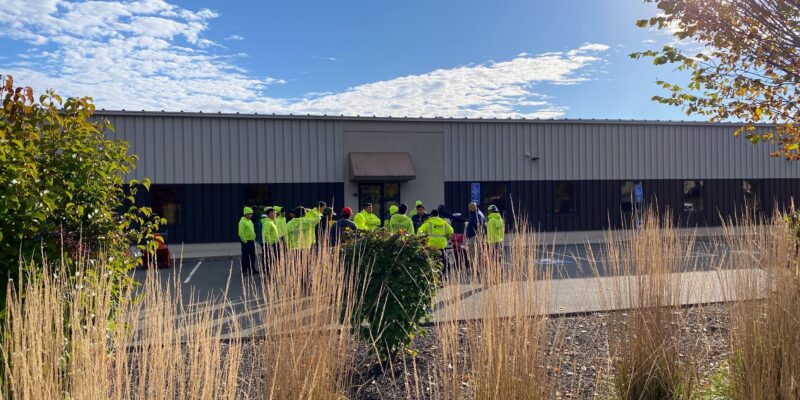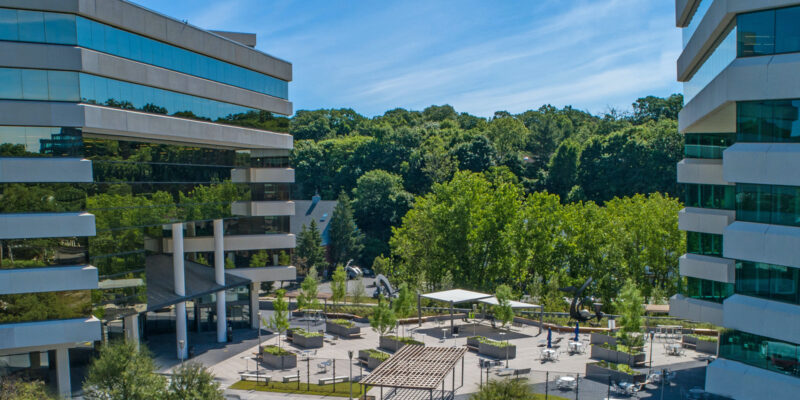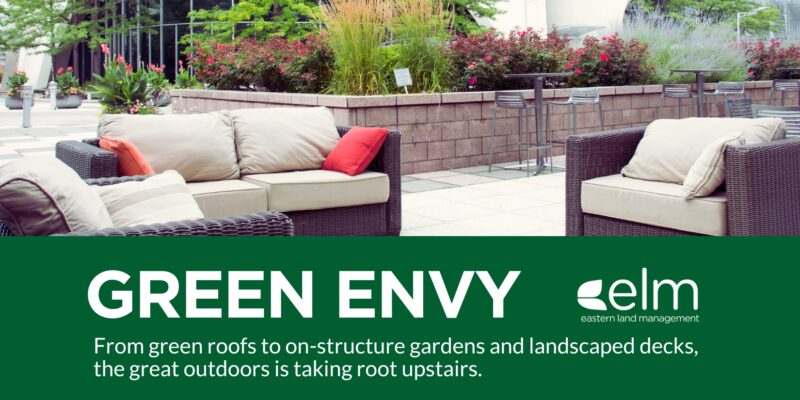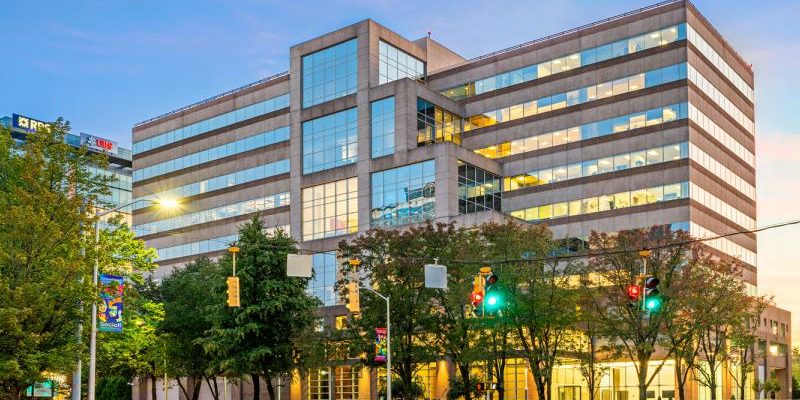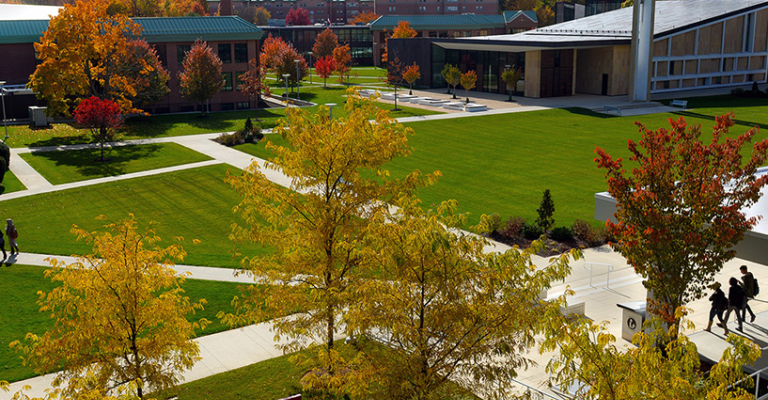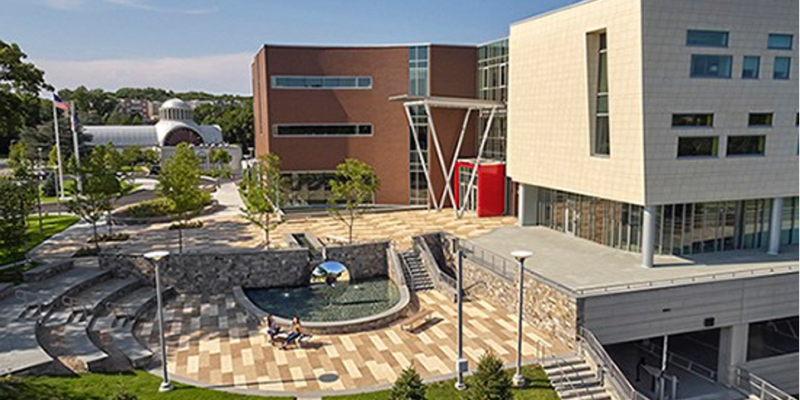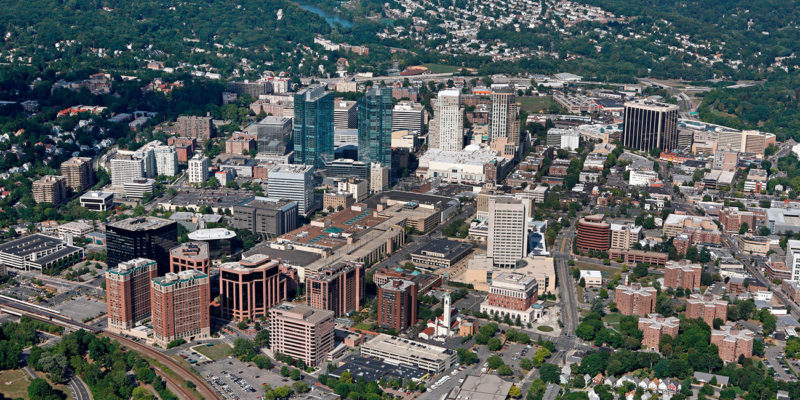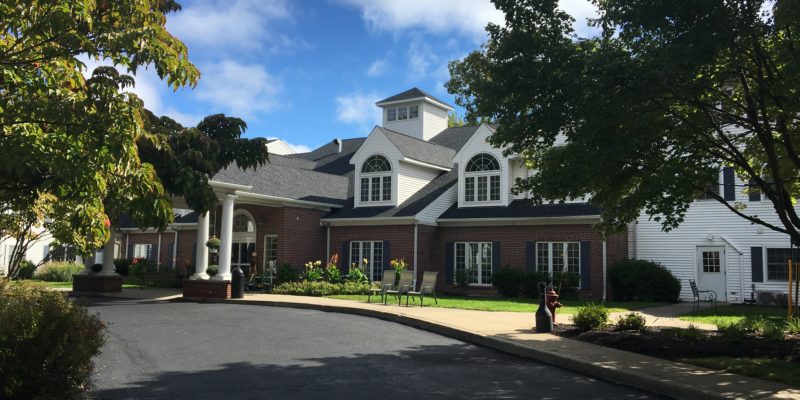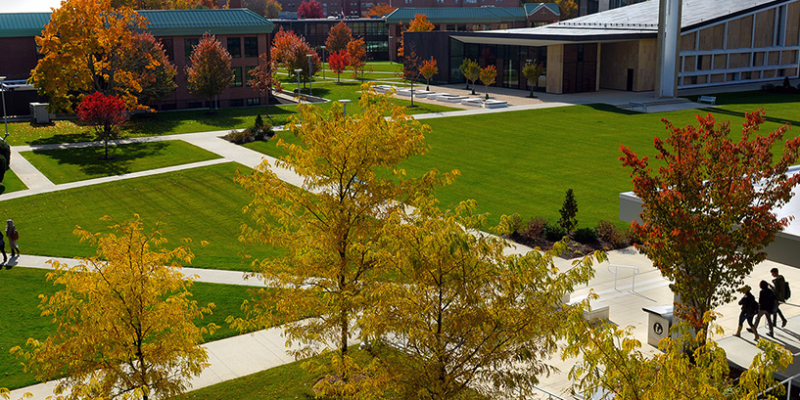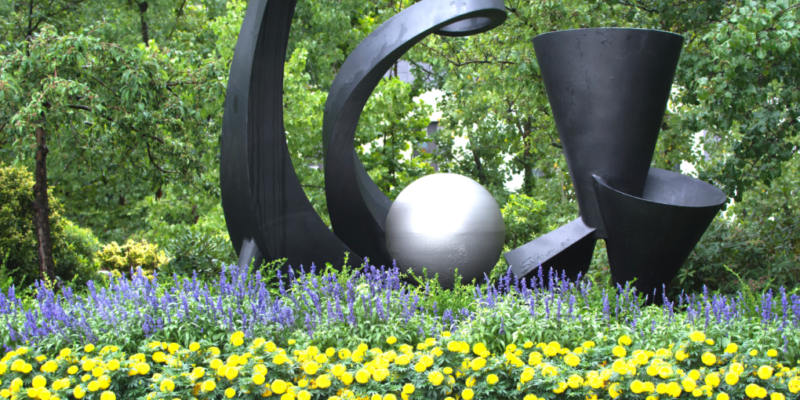Greg Gross, branch manager at Eastern Land Management’s “Green Hub” in Monroe, Connecticut, says that sustainable practices during peak growing months is the best way to prepare and protect your landscape for winter. That’s why he’s hosting the firm’s fourth annual Snow Rodeo, a two-day, all-hands winter management training and preparedness program, held this year on October 26-27.
“Winter weather is becoming harder to predict,” Greg says, “so prep, preparedness and contingency planning is more important than ever. The additional stress winter brings to plants and trees, and the operational stress it brings to property and facility managers—cost control, risk management, rising expectations, and liabilities linked to the environment and pedestrian safety—require us to continually improve our game.”
ELM has a long-standing commitment to cut down on chlorides and the firm’s organic-based liquid ice melt products, and its own brine-making facility in Monroe, significantly decreases the amount of traditional salting methods that harm and pollute waterways.
ELM’s snow rodeo addresses these challenges and more, including best practices in storm response, resource allocation, materials and equipment safety, new plow technologies, shoveling techniques, and ways to make sure that plants, landscapes, and people are protected from the hazards of winter.
-
- Pre-winter landscape protection with mulching, pruning, fall clean-up, winterized irrigation systems
- Full property inspection and pre-winter game planning
- Proactive planning with client to keep commercial properties, college campuses and schools, HOAs, hospitals and senior living facilities safe and accessible, operational, and open
- Strategies for constant communication, predicted weather events, impending storms, and regular updates
- Consistent equipment and training on repeat
- Proprietary weather forecasting, online weather resources, and data models
- High-performance equipment and advanced technologies
- Proprietary brine solutions that use less salt per square foot and protect waterways, landscapes and the environment
- Earth-friendly snow and ice melt solutions
- Organic, non-chloride applications that reduce corrosion and cost of spring clean- up and repair on architectural building details and hardscape
- Seasonal snow and ice contract options so you always know how much to budget for winter
- Hazard mitigation, risk management, pedestrian and vehicle safety, sidewalks and parking lot management that address liability concerns
- Year-round weather readiness, alerts and warnings
- Year-round plant health care and sustainable approaches
- Year-round commitment to do what it takes to keep safety first, no matter the weather, the season or the unexpected
Severe weather is a fact of life in the Northeast. Snow and ice storms, blizzards, freezing temps, and reduced visibility are powerful and damaging. Spring may be the best time to think about what your landscaping and environmental strategies will look like in summer, but failure to prepare can be costly.
To learn more about ELM’s sustainable snow and ice services, winter management and winter safety program, contact ELM President and Advanced Snow Management Professional, Bruce Moore Jr. at (203) 316-5433.
ELM is an active member of the Snow & Ice Management Association (SIMA) and certified as Advanced Snow Management Professionals.
Photo: ELM Monroe Connecticut facility and “Green Hub”, host of ELM’s annual Snow Rodeo and winter safety training event.

